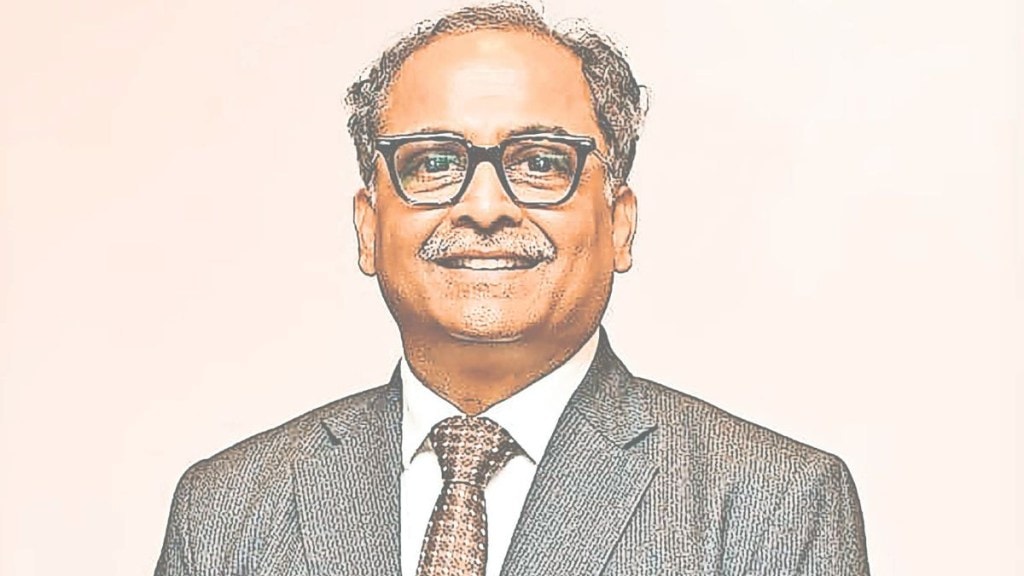Indian Overseas Bank has reported a ₹1,000-crore-plus profit for the third consecutive quarter. MD and CEO Ajay Kumar Srivastava tells Narayanan V about the key drivers behind this growth, the bank’s shift towards high-margin loans, and its preparedness to meet the expected credit loss (ECL) framework. Excerpts:
Kumar on deposit growth
Deposit growth should ideally be in line with credit growth, but that is not happening for the last six-seven quarters. Credit growth is essential — without it, there’s no income or profitability. To bridge the gap between credit and deposit growth, we are borrowing from the market. We also get refinancing from SIDBI and NABARD at affordable rates. Through these measures, we are meeting our credit requirements and maintaining our credit-to-deposit ratio in the 80–85% range.
Q1What is your strategy to increase deposits?
CASA deposit mobilisation is a challenge for the entire industry, and IOB is no exception. One of the strategies is onboarding more customers. In the last two-and-a-half years, we have added around 8.5 million customers, with balances of over ₹24,000 crore in their CASA accounts. In H1FY26 alone, we added 2.1 million CASA customers, who together hold balances of ₹7,100 crore as of now. The growth in CASA deposits is happening, though not at the desired level — but importantly, we are not de-growing.
Q2What’s the impact of repo rate cuts on your business?
The repo rate has been reduced by 1% in the last six months. Earlier, about 60% of our total credit portfolio was linked to the repo rate, which meant 60% of the portfolio will be directly impacted by the 1% reduction in terms of interest income. We reworked our strategy, and as a result, the share of repo-linked loans has come down to 46% from nearly 60% five-six months ago. The share of MCLR-linked loans has increased from 40% to 49%. Interest rate reduction happens in MCLR as well, but with a lag, which gives us some time to recover. Having said that, we need to maintain a balance. Two years from now, if repo rates start rising again, we will have to shift back to repo-linked loans. At present, MCLR-linked loans are more beneficial for us, and by the end of the year, their share could rise to around 53–54%.
Q3Has the GST rate cut helped spur retail loan demand?
There’s a lot of enthusiasm and increased inquiries from customers, and it’s clearly visible in our retail lending. Our retail advances have grown by 45% year-on-year to ₹78,765 crore. It has grown by almost ₹8,000 crore between June and September. Growth is happening, and we believe this GST reduction will further spur demand. We expect our retail book to reach ₹1 lakh crore by end of FY26.
Q4How prepared are you for ECL norms?
Our teams are working on to assess the full impact. Broadly, we have estimated that the additional provisioning requirement may go up to around ₹2,800 crore, to be provided over four years. Since we are generating good profits, we plan to create a buffer so that when the D-Day comes, we have a cushion of ₹3,000–4,000 crore, or whatever is required. However, giving a specific number at this stage may be a bit dicey.
Q5Net interest margin has improved to 3.35%.
It’s a result of three factors. First, we consciously shifted our credit base from repo-linked to MCLR-linked loans. Second, we have focused on quality lending. Our credit has grown around 20% year-on-year, boosting interest income. Third, and most importantly, we revisited our deposit rates and re-priced them according to market dynamics and our requirements. Going forward, we expect to maintain NIM in the 3.2–3.25% range.
Q6There were reports about PSB consolidation, including that of IOB.
We do not have any information on that.
Q7 RBI has allowed banks to participate in M&A funding. Is IOB willing?
Not yet.

